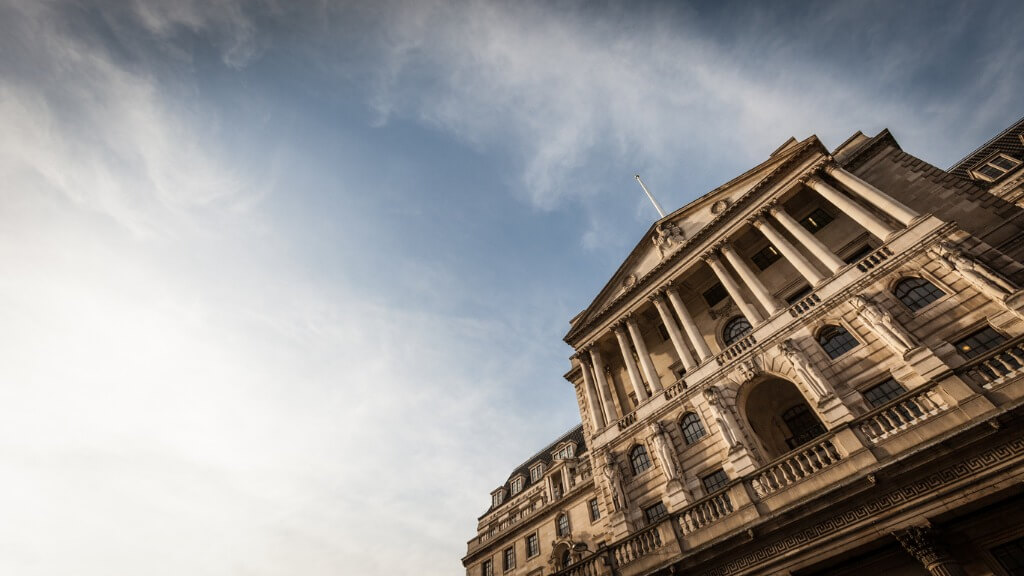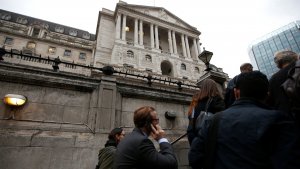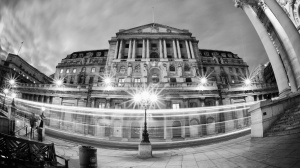
Most people think that interest rate rises push down gold prices and while it can be the case that a hike in interest means a drop in gold prices, there’s not actually that much of a correlation. Sometimes an interest rise can bring gold up with it.
Conventional wisdom about interest rates and gold
The Federal Reserve has been working on bringing interest rates back up to “normal” levels since last year. 2018 has already seen two rate hikes and two more are predicted before 2019.
This makes investment analysts believe that money will automatically head into bonds and other fixed-income vehicles and not flow so much into gold bars from Golden Eagle Coin.
The actual, historical truth
Even though people believe there’s a negative correlation between interest rates and gold prices, it seems, upon review, that it may not be the case at all.
If the relationship between interest and gold from 1970 to 2015 is looked at, the correlation is only around 28%, which isn’t particularly reliable.
In the 1970s there was a huge bull market for gold and this massive upswing actually occurred when interest rates were already high and still rising. In 1971, interest rates were at 3.5% and by 1980 they’d rocketed to 16%. Alongside this, the price of gold rose from $50 per ounce to $850 per ounce – a strong positive correlation.
Gold prices didn’t just follow interest rates, they kept right up with them. The first big upswing in gold happened in 1973 and 1974, when the federal interest rate was also going up quite steeply. In 1975 and 1976, gold prices fell, alongside interest rates, then they rose again in concert from 1978.
In the 1980s things got a bit bearish, seeing both interest rates and gold prices falling steadily.
More recently
During the 2000s gold was bullish despite low interest rates, according to regular wisdom. This may well have been caused by the global financial crisis, though, with people turning to gold as a secure, tangible stock in the face of potential bank meltdown.
As interest rates were kept down while the world recovered, though, gold also started to fall in price.
What really goes on, then?
The price of gold is ultimately not a function of interest rates. Like most basic commodities, it is a function of supply and demand in the long run.
Ultimately, gold prices aren’t 100% linked to interest rates, they have their own lives (as it were) and rhythms. Gold is a commodity and as such it’s subject to the push and pull of supply and demand and it’s this that exerts the main forces on price.
Demand is stronger than supply when it comes to gold, too, because it takes a while for a new supply to reach the market after a mine has found a new deposit. Supply is always playing catch-up with demand.
The stock market is more vulnerable to high interest rates
It's stocks rather than gold that see the biggest loss of investment capital when interest rates go up. People move into fixed-income investments like bonds when rates go up as they get a decent, predictable return.
Having higher interest rates also means that any companies reliant on financing see smaller profit margins, lowering their stock value and discouraging new or further investment.
To sum up, interest rate rises may push down gold prices, but not always. Watch carefully first and remember that equity prices and supply and demand are actually sharing the driving seat.
Thanks for signing up to Minutehack alerts.
Brilliant editorials heading your way soon.
Okay, Thanks!


